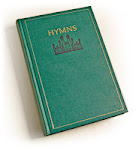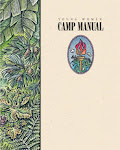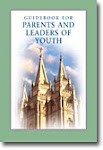I just received an email from one of our YW leaders asking what a YW History Report is. Assuming that she is not the only one with that question, here is the answer:
Near the end of the year--around late November or early December--your ward clerk will be asking for a history of happening in young womens over the past year. He will use the history he receives from you to compile a history for the ward which will then be sent to the stake where they will use the information they get from the wards to compile a stake history which will then be sent to church headquarters in Salt Lake City.
Typically the wark clerk will ask the Presidents of the auxiliaries for these reports and then the Presidents can ask for the assistance of their secretaries to help them compile a history. This blog, we hope, will help you compile your histories for your wards and keep a running history of the good things that are going on in our stake.
Here is the link from lds.org if you want to read more in detail. I've included excerpts below from there:
www.lds.org/AnnualHistory
Purpose
The purpose of the annual history program is to bring members closer to Christ and to collect the contemporary history of the Church by gathering, remembering, preserving, and sharing experiences of how God is working in members’ lives and in His kingdom.
The annual history, comprised of stake and ward histories, helps fulfill the Lord’s charge: “Continue in writing and making a history of all the important things . . . concerning my church; . . . And also, my servants who are abroad in the earth should send forth the accounts of their stewardships” (D&C 69:3, 5).
Preparing the Annual History
1. A narrative summary of the work of the Church and faith of the members in the geographical area of the stake or ward. This summary includes challenges, achievements, and important events and meetings. Lists of ordinances performed and changes in officers may also be included. Stake and ward clerks should include faith-promoting events taking place in the lives of members and in Church units. They may draw from the following sources to create the narrative and, where appropriate, may include excerpts from or photocopies of the following:
Notes or reports or reminiscences
Extracts from minutes and so forth. (These require the clearance of the stake president or bishop and should not contain sacred or confidential material.)
Stake, ward, quorum, and auxiliary organization reports
Correspondence
Photographs (preferably black and white, with place, name, and date identification)
Newspaper clippings (preferably photocopies)
Monday, September 13, 2010
Subscribe to:
Post Comments (Atom)




















No comments:
Post a Comment